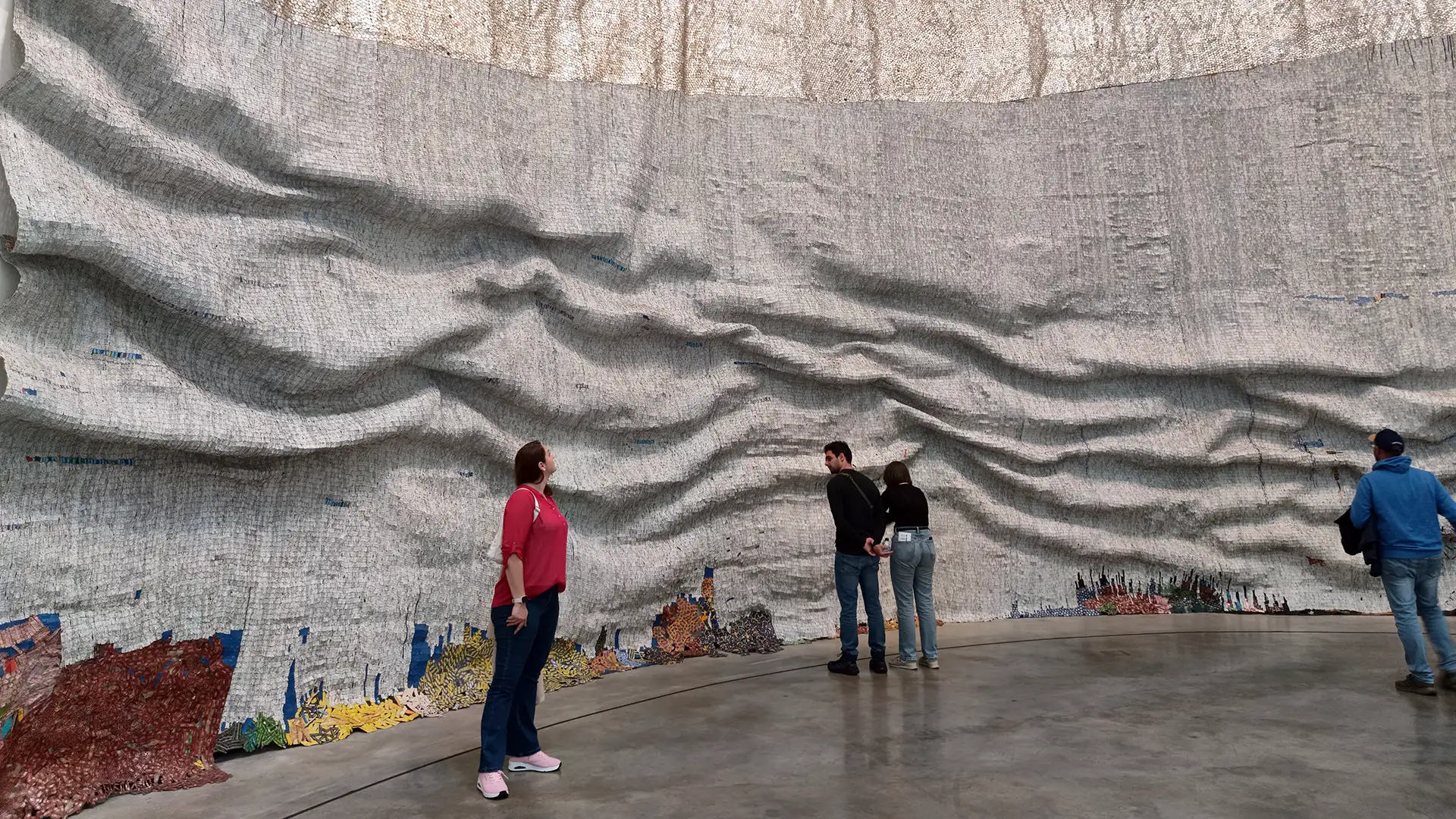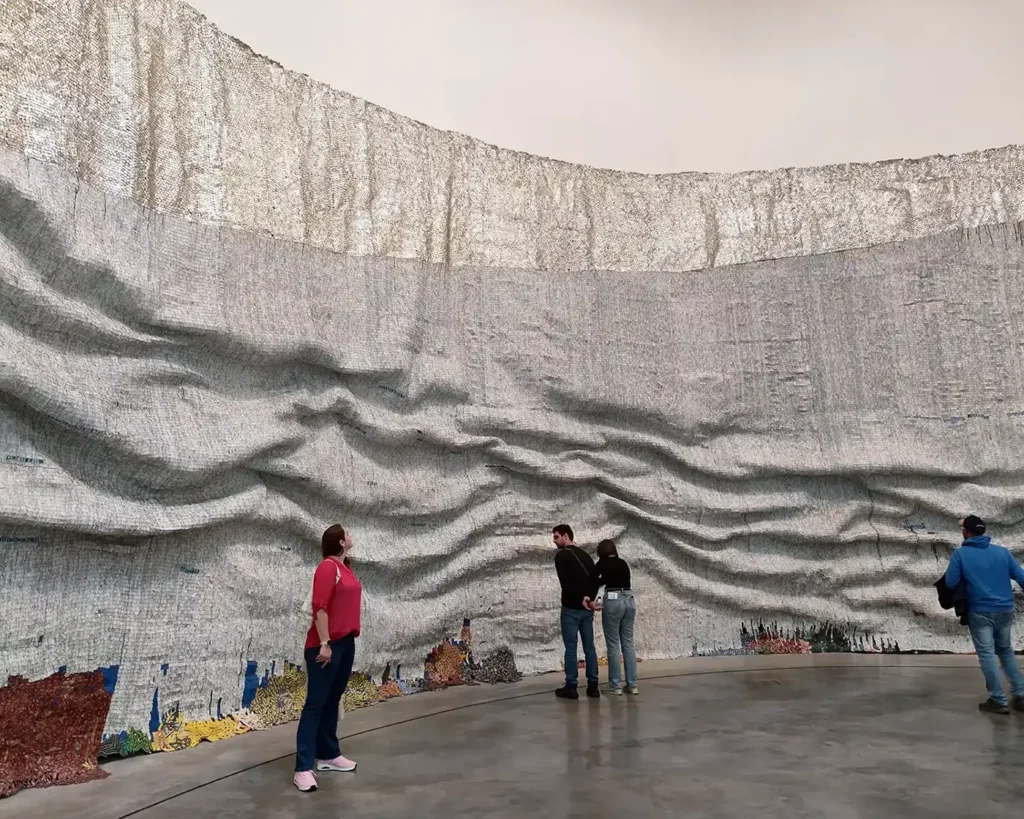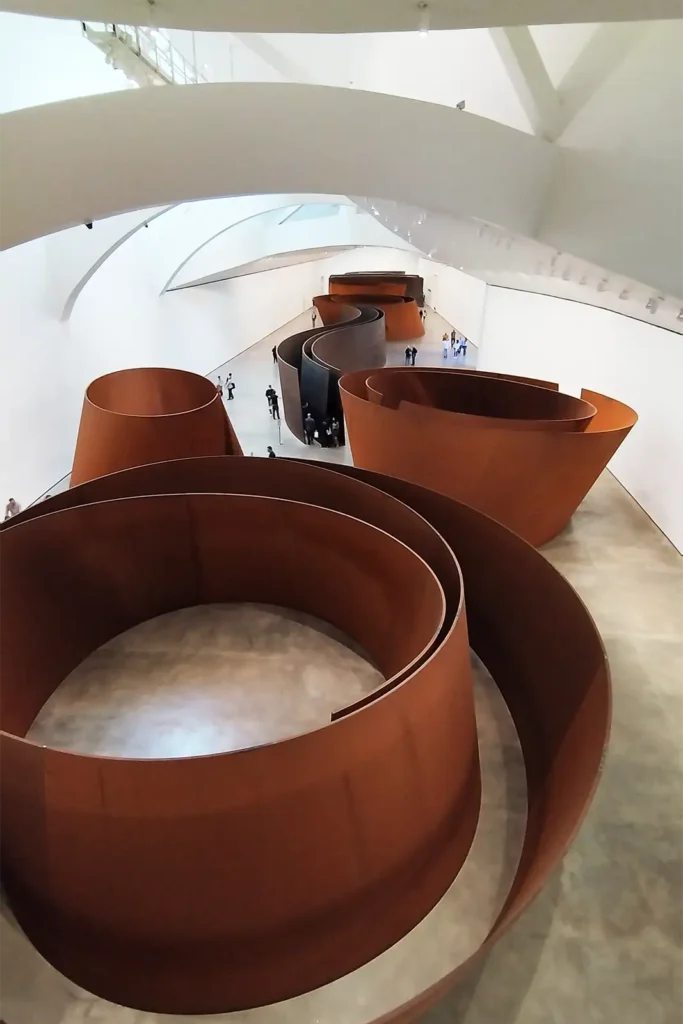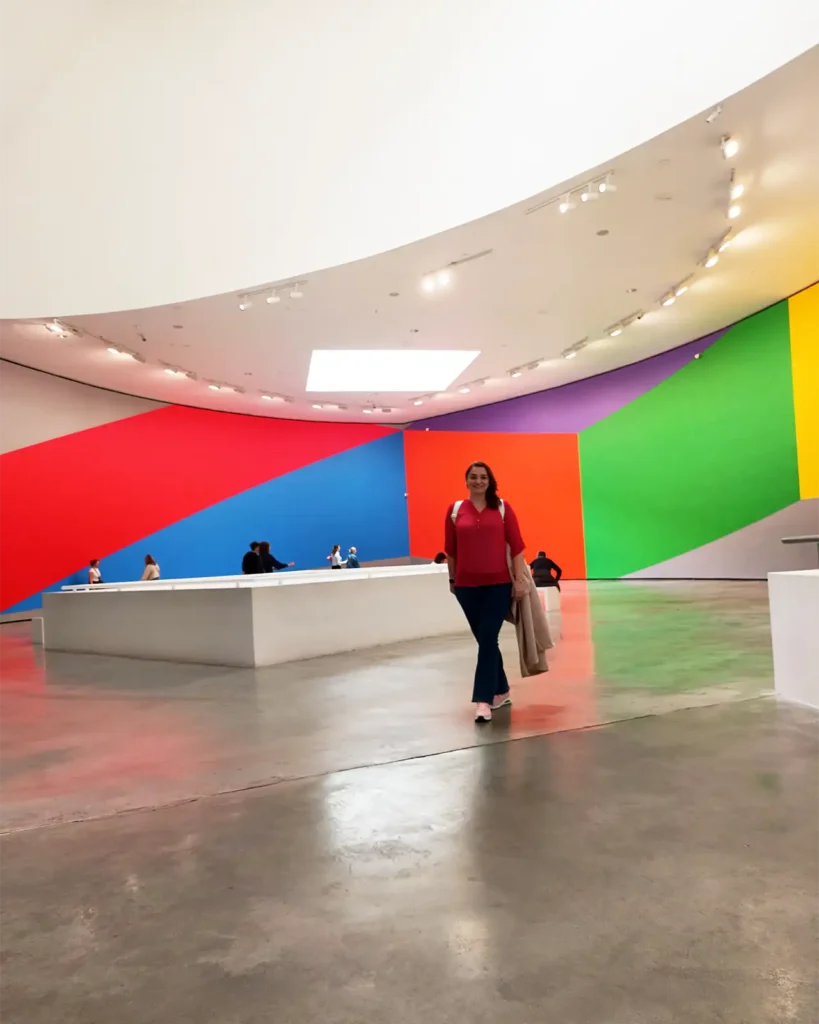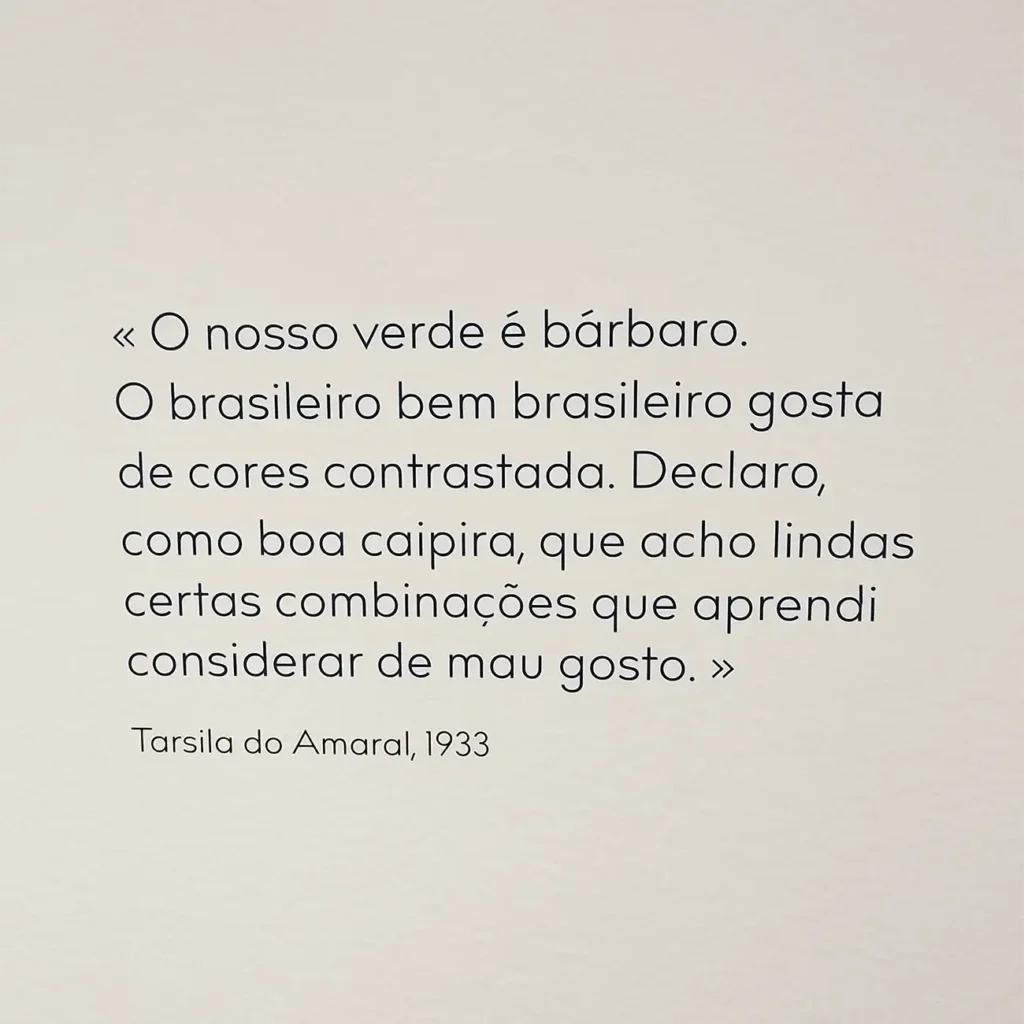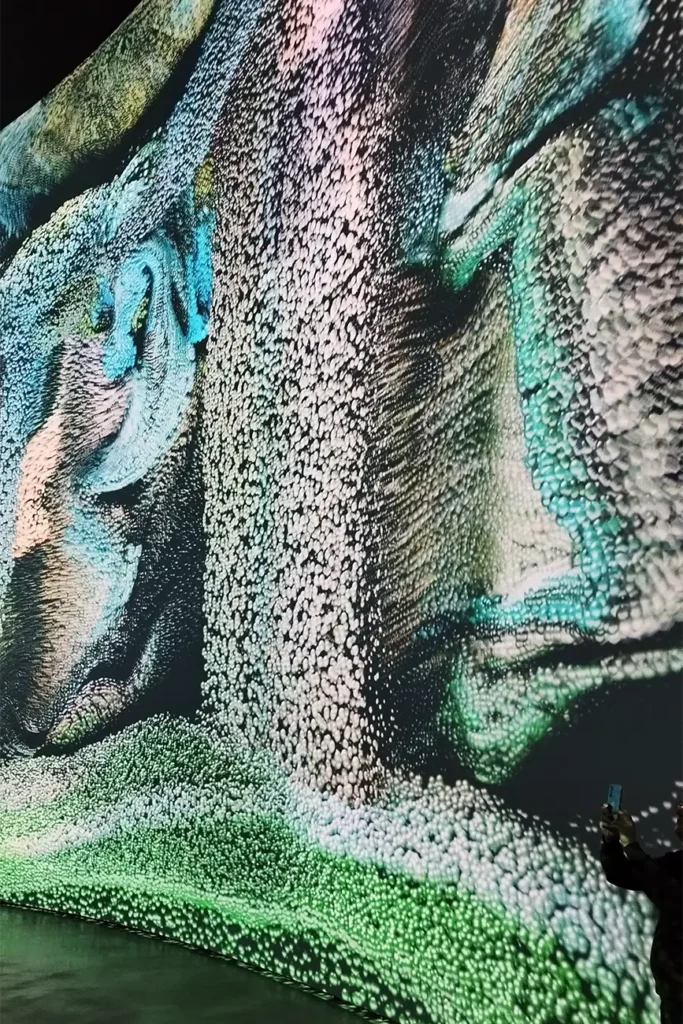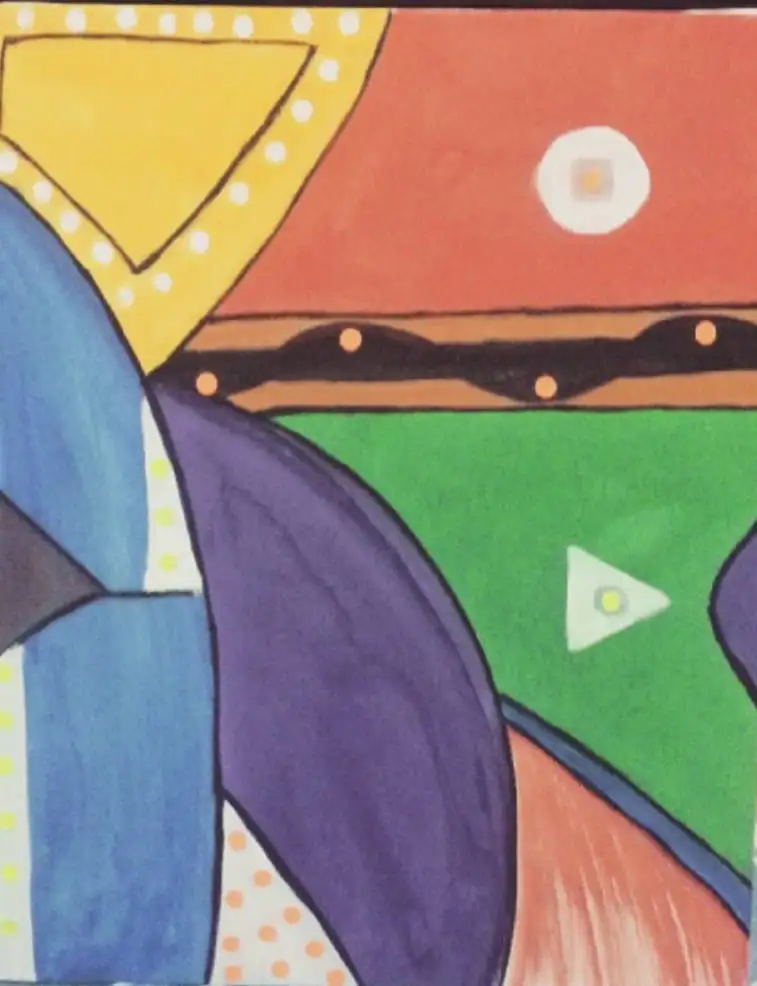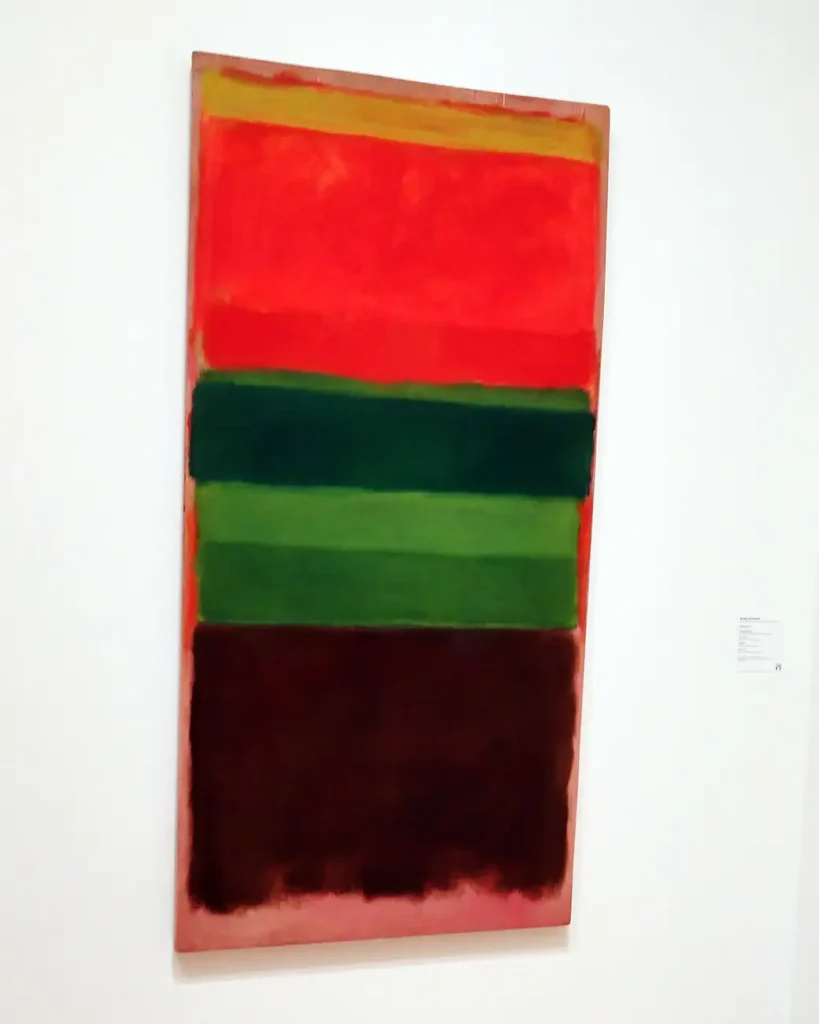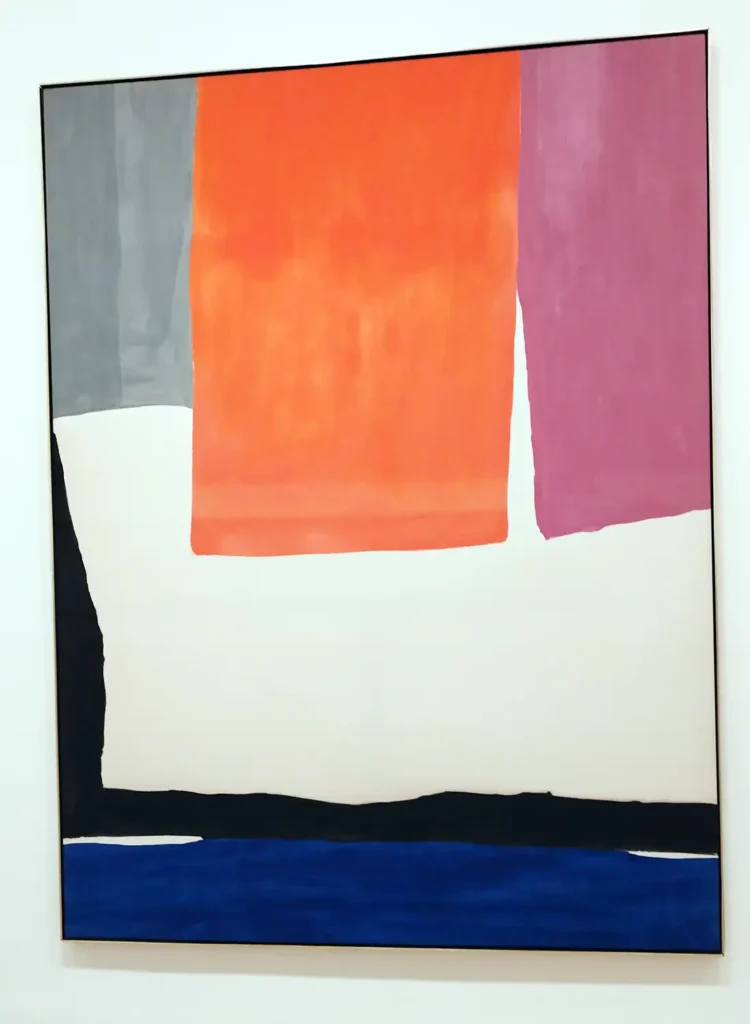Visiting the Guggenheim Museum Bilbao felt like stepping into a living organism made of art and architecture. The structure pulls you in, and each room invites you to explore not only the artworks but the space itself.
Todo o entorno do museu já vale a visita, jardins, pontes, obras externas, instalações. Tudo já vai te preparando para contemplar as obras internas. Mas apesar de qualquer maravilha, a grande obra de arte é o próprio prédio do Museu Guggenheim Bilbao. Dava pra ficar toda uma tarde inteira contemplando e aproveitando o lado externo.
The area around the museum is worth the visit on its own. Gardens, bridges, outdoor artworks and installations… Everything prepares you to take in what’s inside. But despite all the highlights, the building itself is the true masterpiece. We could have spent the whole afternoon just taking in the exterior.
This article shares our personal experience. If you’re looking for practical information to help plan your visit, check out our complete guide to the Guggenheim Museum in Bilbao.

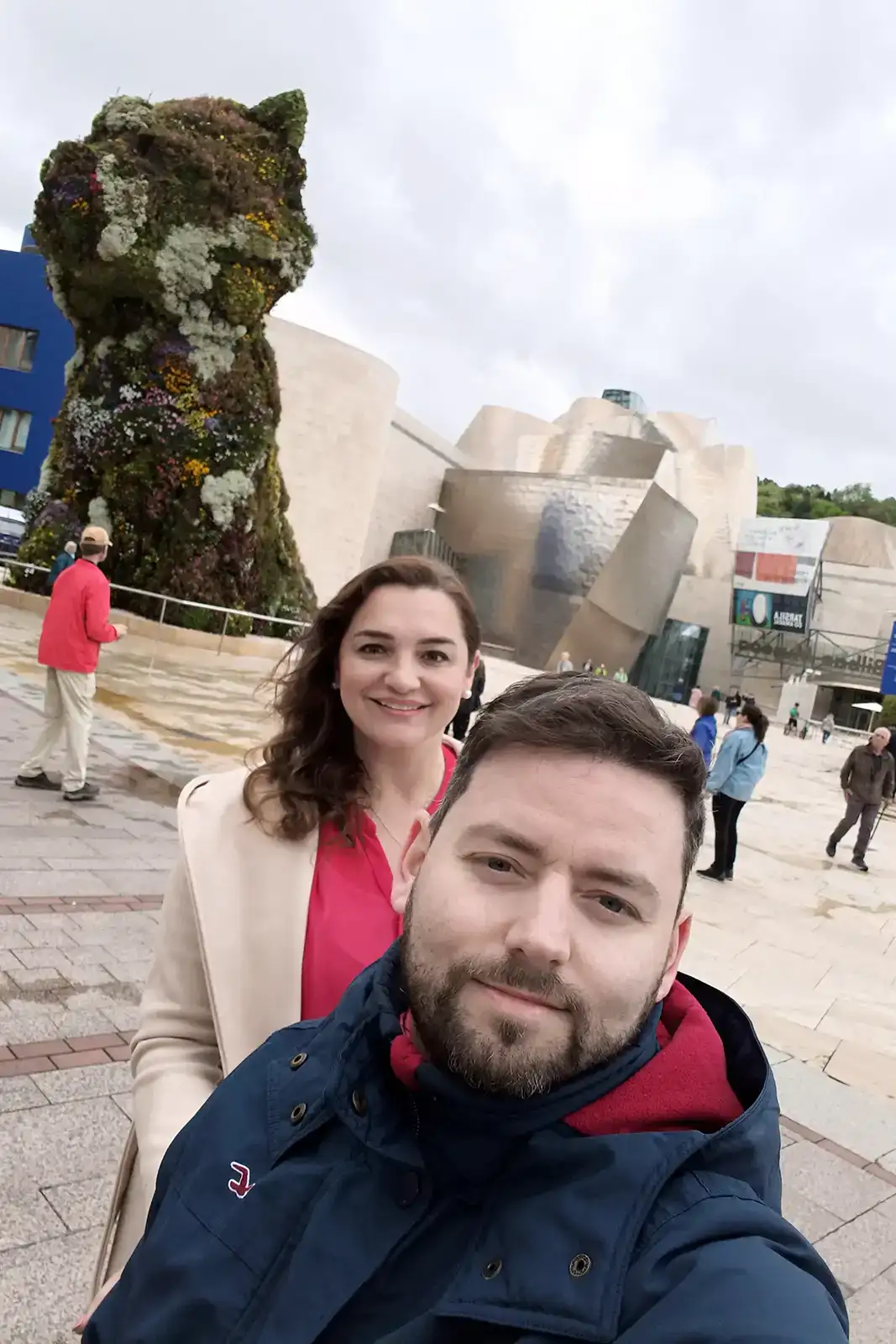
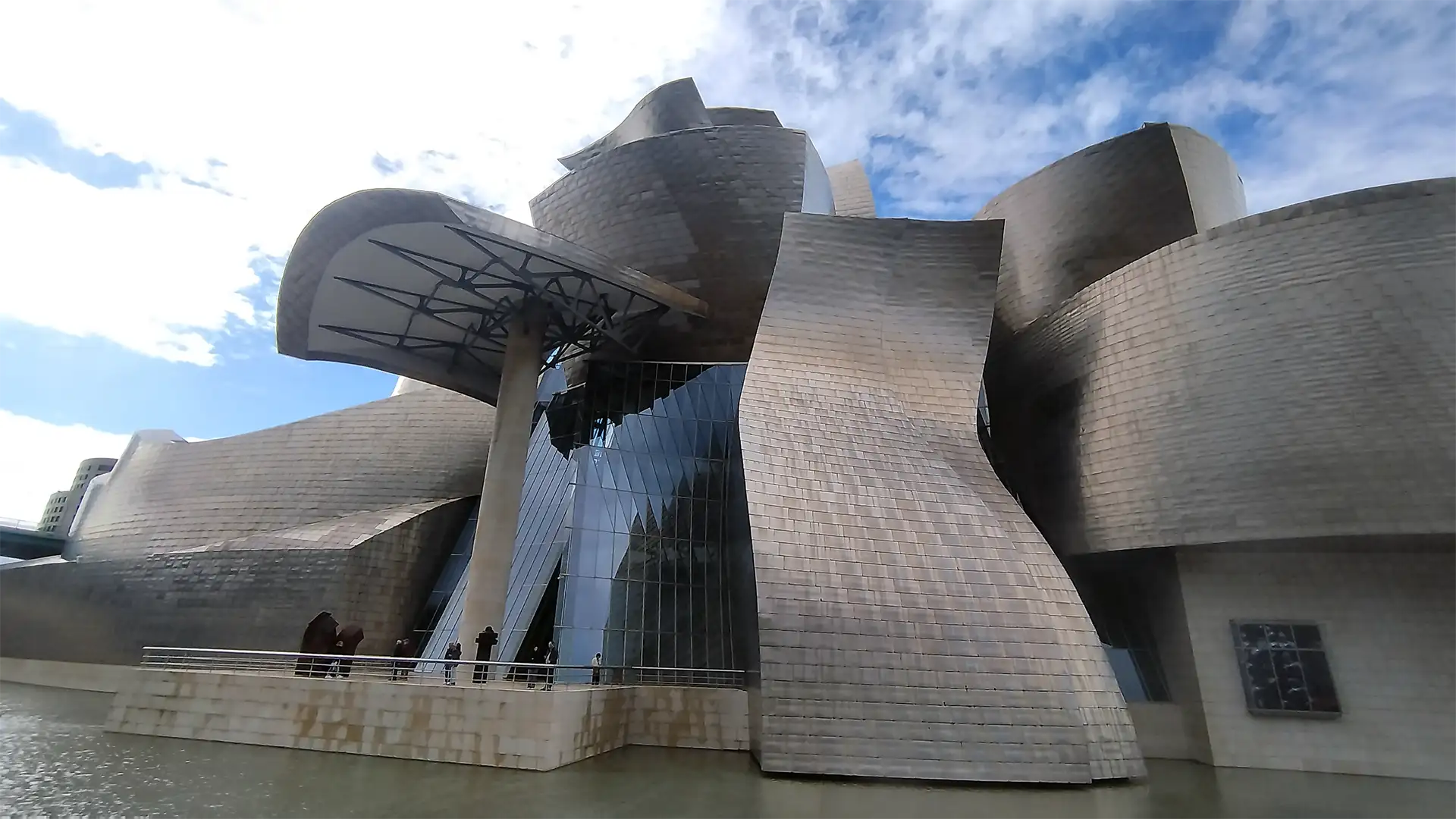
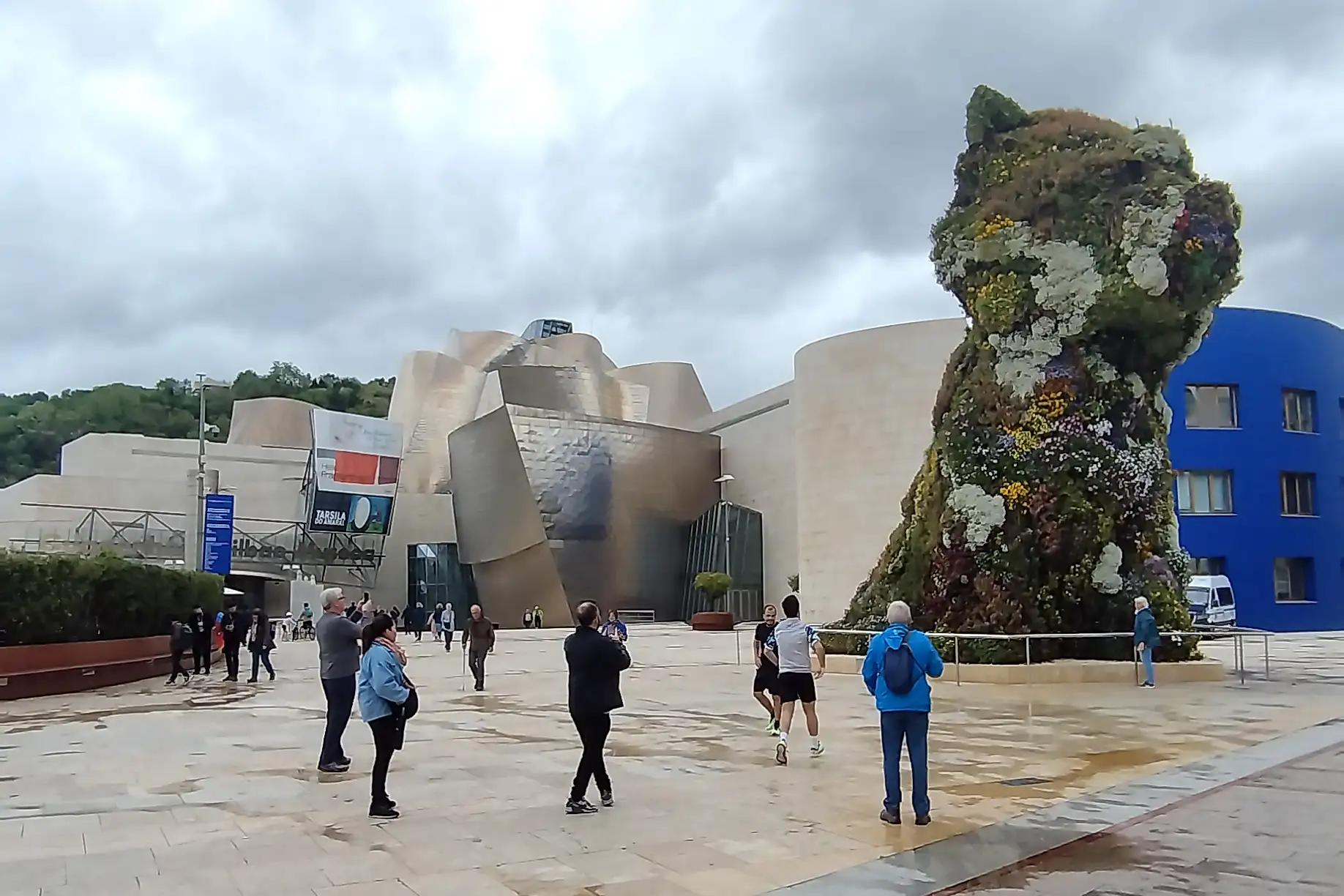
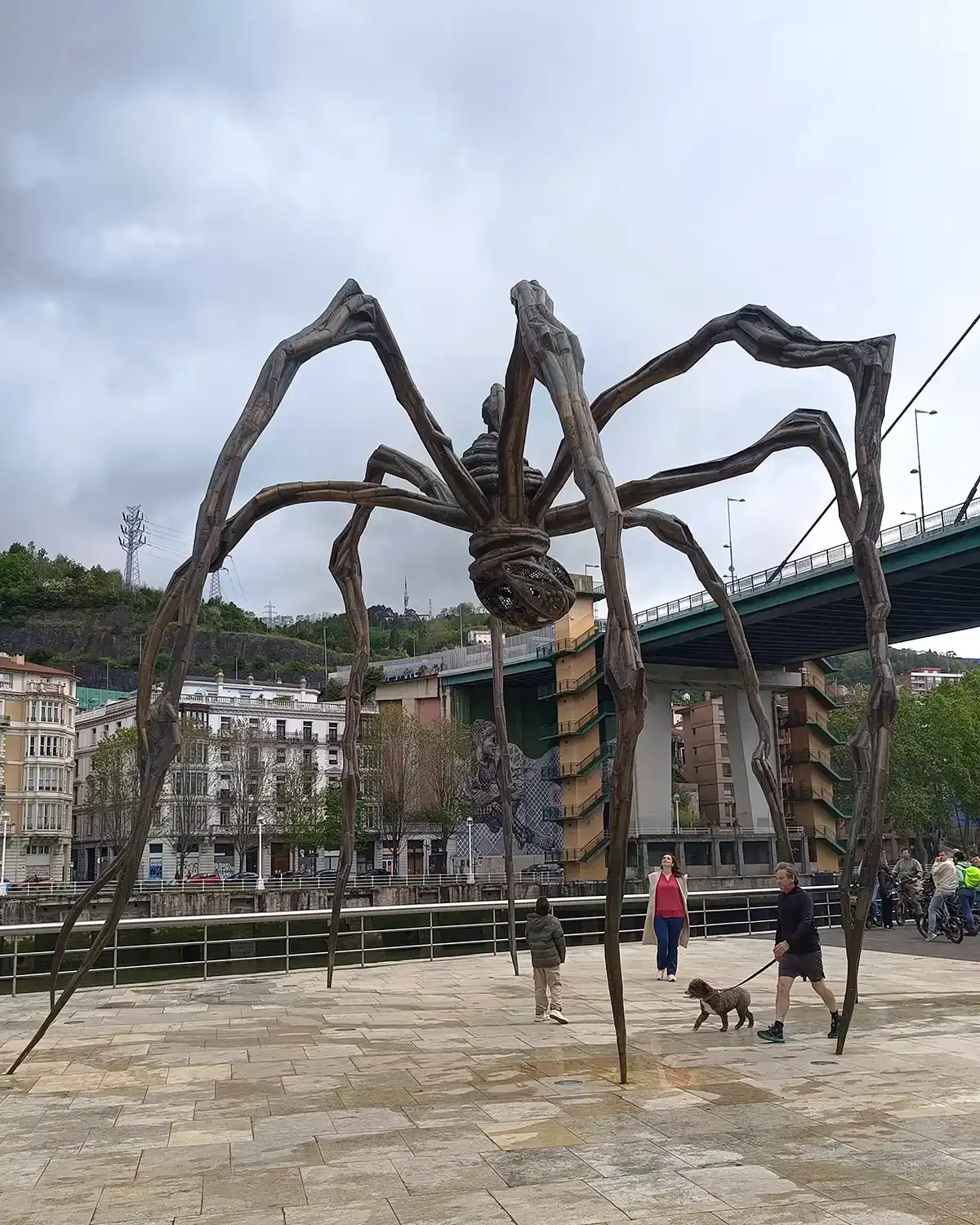
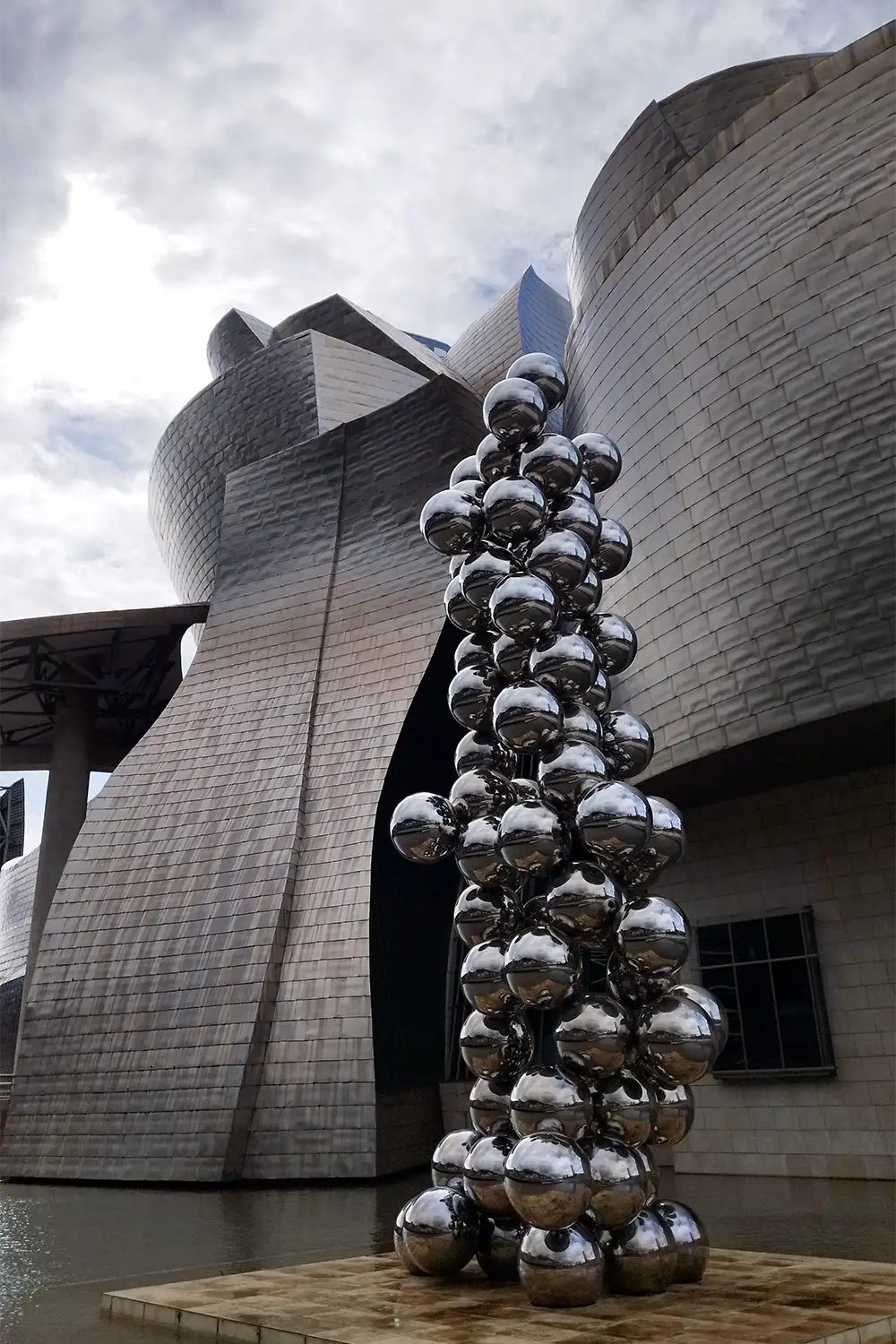
But let’s talk about the inside
Having our tickets in advance saved us from standing in a long queue. Since it was a Saturday, the museum was quite busy. Getting in straight away made a big difference in how we used our time, especially because we still had to head back to Madrid afterwards.
Some of the exhibitions inside were fantastic. Our favourite permanent one was The Matter of Time, with its giant twisted metal labyrinths that made us feel like part of the artwork. Rising Sea was also powerful and raised some questions about consumption, escape valves and more. And then there was a whole section dedicated to colour and its meanings. As someone who loves strong, vibrant tones, I really enjoyed the energy of that space.
We were really lucky with the timing of our visit to the Guggenheim, as there was a temporary exhibition by the Brazilian artist Tarsila do Amaral, who we love. Beyond the sense of Brazilian representation, her work and the way she uses colour made that part of the museum especially meaningful to me.
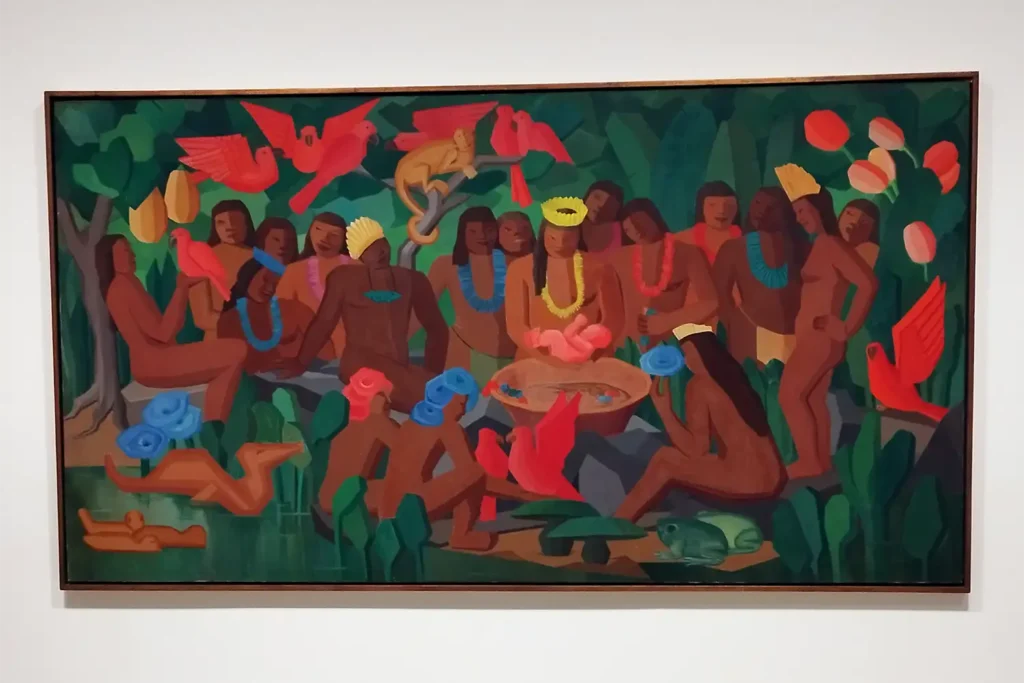
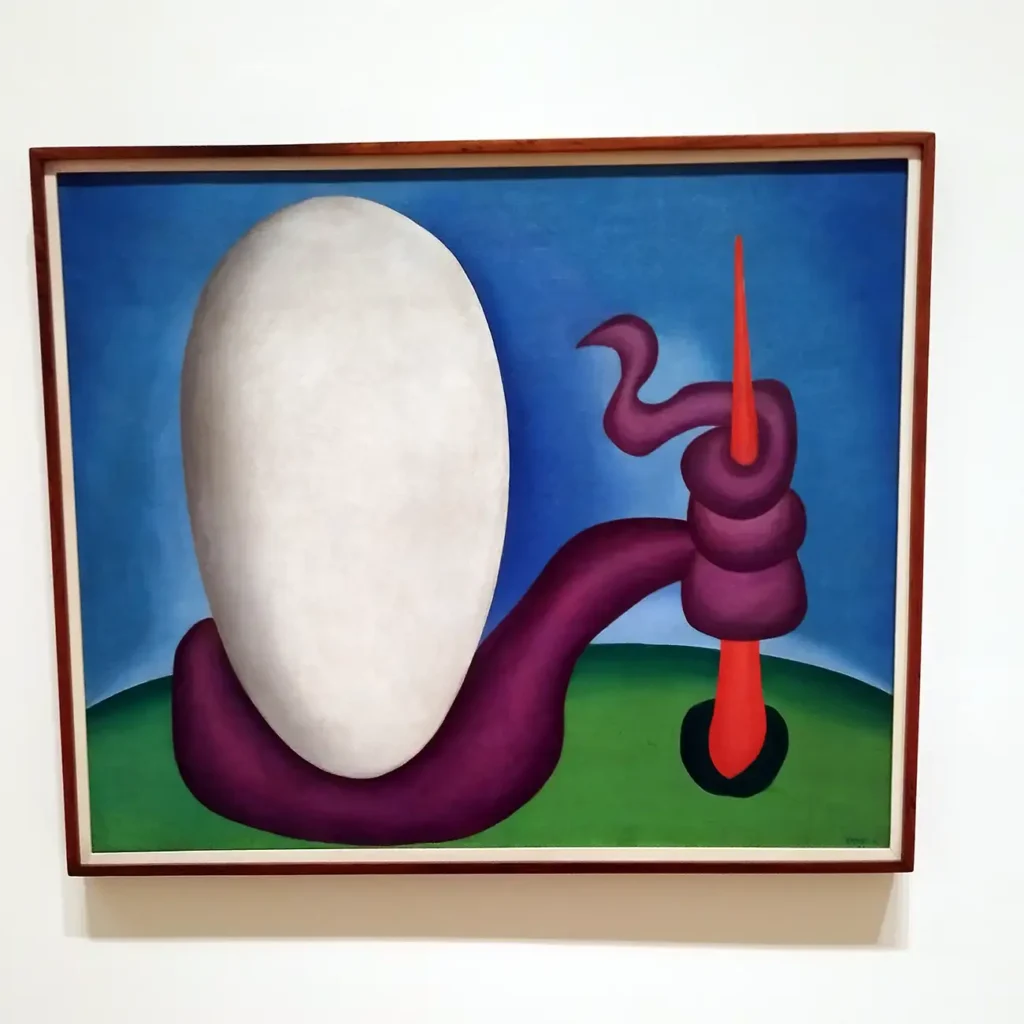
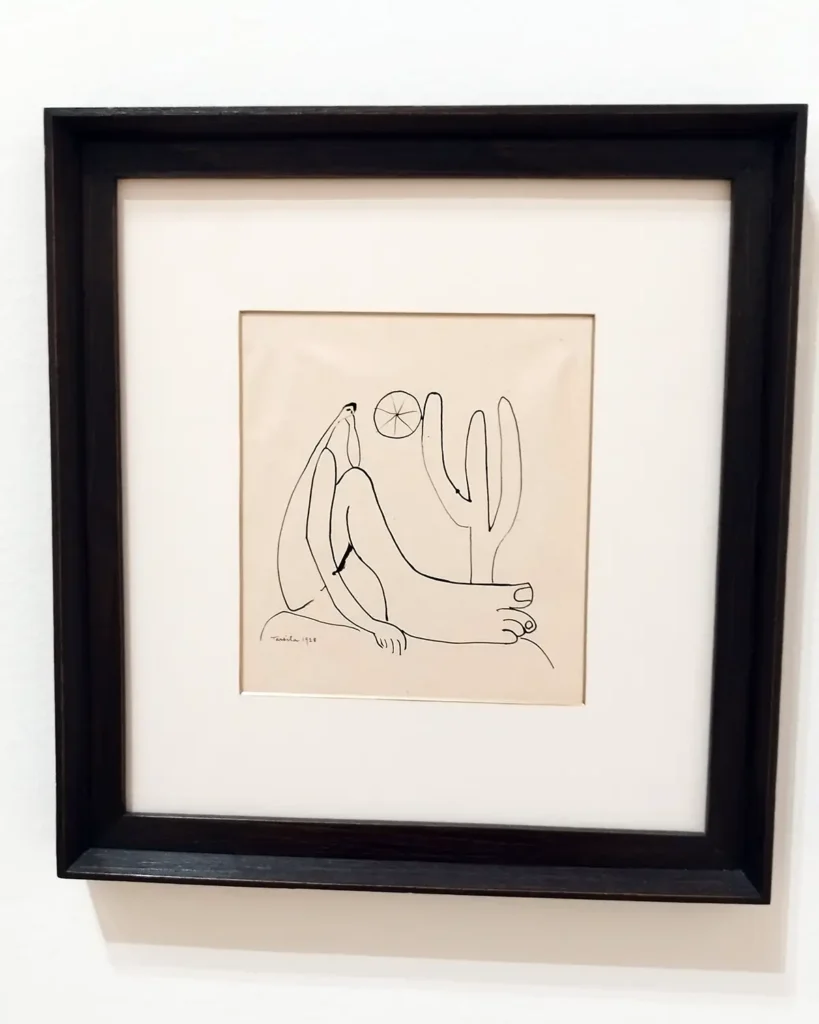
Another temporary exhibition we really enjoyed was In Situ, an installation that combined art, AI technology and music. It felt almost like an ode to the architect who designed the museum, Frank Gehry.
Not everything in the museum had a positive impact on me. I came to terms with the fact that I’m not a big fan of abstract expressionism. Some works just looked like paint smudges to me, while others around me made deep comments as if they were seeing something profound. And I didn’t get a thing. You might say that art is not meant to be understood but felt.
But honestly, looking at some of those pieces, I couldn’t help thinking I could’ve been a great artist too – if only my work sold for a fortune. Doubt it? Here’s one of my own masterpieces, made over ten years ago. Now compare it with the temporary exhibition by Helen Frankenthaler at the Guggenheim. Not bad, right?
After exploring all three floors, the exit takes you through the museum shop. The selection is excellent, especially the books on art and architecture, but the prices are steep. So we looked for more affordable options nearby. The best place to buy souvenirs at a better price was two small shops just across the street, right in front of Puppy.
Now, if you ask me whether it is worth it, I would say yes, but with a small note. The museum is amazing and offers a great mix of art and architecture, which is also a form of art, just with a bit more maths. Make sure you explore the surrounding region too. Eat lots of pinchos, get confused by the local language Euskera, listen to music that sounds completely different, learn a bit about the area’s history and take in some truly stunning scenery. Your whole trip will be filled with art in every form.
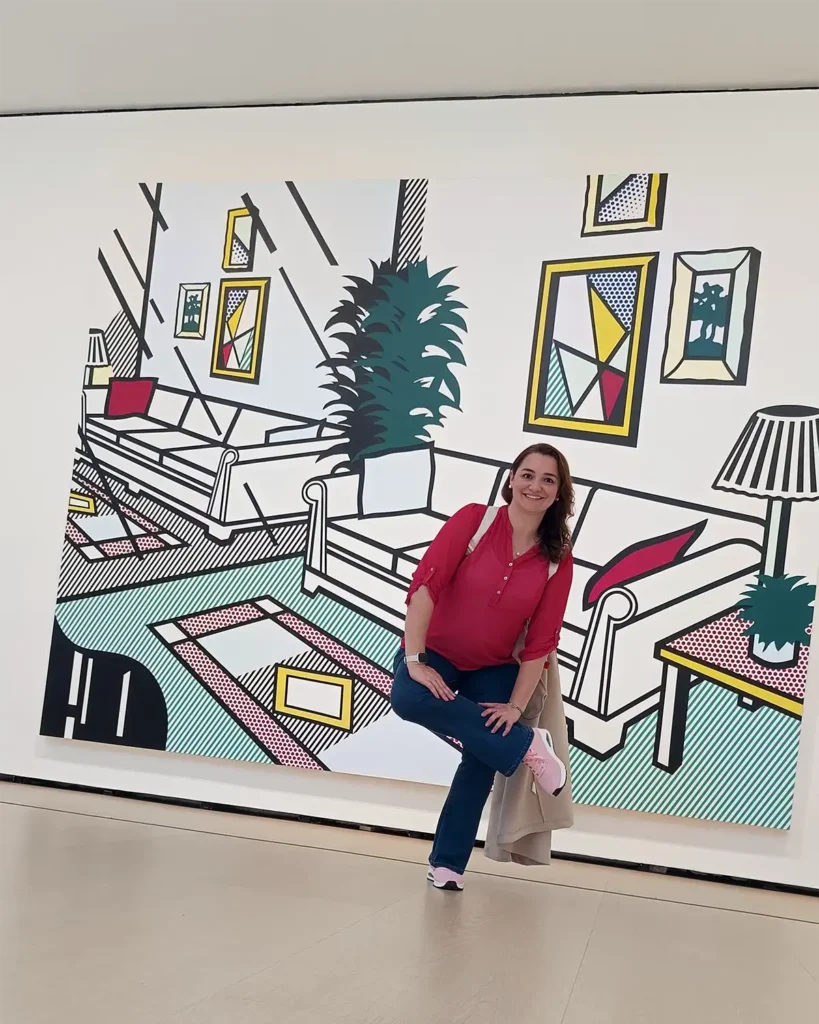

Want to plan your visit to the Guggenheim?
Check opening times, tickets, exhibitions and everything you need to know.

